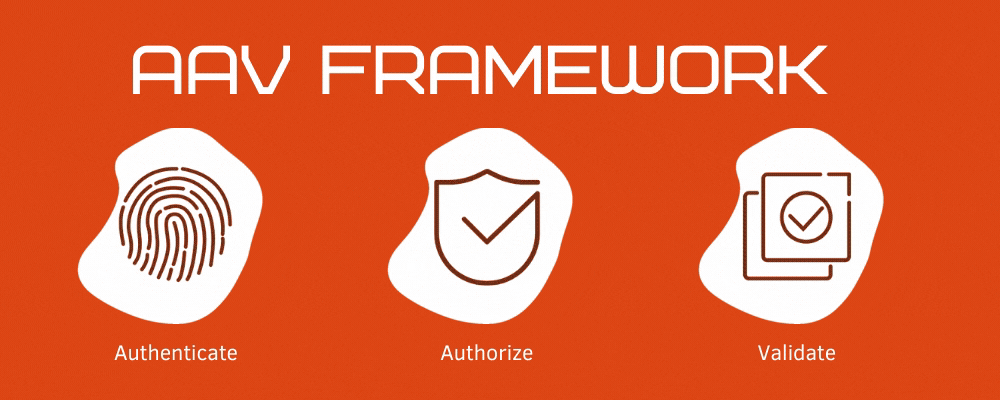Lifecycle of a Website - from Development to Maintenance

The lifecycle of a website consists of various phases. It starts from information gathering, design and development of the website and finally the maintenance phase makes it a constant attention seeking process.
What are the different stages of the Website-Lsifecycle?
Planning Phase
Firstly, the purpose of the website is determined, whether it is a commercial website, educational website, business, entertainment or organizational website. The interactive functionality and requirement of technical support is also defined. The planning stage sets the foundation of a website and an initial requirement analysis helps out in the long run.
Specification Phase
The requirements are assessed and target audiences are determined. The web design layout, pages, specifications and site navigation types are analyzed. Large business websites may require further assessment of technical specifications. Some competitor websites are also reviewed.
Design Phase
The content and organization of the website is decided in this stage and website prototypes are created and frameworks are reviewed. Prototypes are important for developing the user interface as well as testing the site navigation. In this phase, the website gains the idea of its appearance as the overall graphic designs are created and reviewed.
Development Phase
The content of the website is added in this phase. All the required features and functionalities are developed using HTML, CMS, CSS or PHP by the programmers. The end user documentation has also to be generated by the coding team.
Testing Phase
After developing the website, both automated and manual testing is done for analyzing the functionality of the website. A complete testing plan, including data processing time, navigation time and load time, is essential for creating an error free website. Other tests include resolution testing, stress testing, cross browser compatibility testing and scalability testing.
Release Phase
The website is now ready for release. It is moved to the web host after selecting a domain and registering it.
Domain Registration: The domain of a website is registered through an accredited domain registrar. For keeping the registration valid, it should be kept updated before the expiration date, failure of which may lead to loss of domain name.
Website Hosting: For making the website reachable via the World Wide Web, the website needs to be hosted. A server provides space and internet connectivity for storing the pages of the website and making it accessible to other connected computers. Depending upon the required bandwidth and disk space, a fee needs to paid to the web host at regular intervals.
Types of hosting: Considering the type of database server software, operating system and scripting software, the best suited hosting service is used. Different types of hosting include shared hosting, dedicated hosting, reseller web hosting, virtual dedicated server (VPS), managed hosting service, etc. Services like cloud hosting, clustered hosting and grid hosting can also be used.
SEO Phase
The most important part of the lifecycle of a website is to get listed in major search engines. The website has to be submitted to the prominent search engines followed by Search engine optimization, Search engine marketing campaign, promotion of the website and result monitoring. Analyzing the website is vital for improving the value of the website. The ranking in top search engines has to be evaluated and web traffic monitoring is started. Based upon the Search engine position of the website SEO has to be done accordingly, which includes developing keywords, embedding into the web pages, creating site maps, etc.
Maintenance Phase
Maintaining a website is the most crucial phase of its life cycle. Regular revamps are necessary for sustaining a competitive edge. Applications and contents need to be regularly updated. Constant grooming is required for keeping the website “live”. A lot of work is required to be done like SSL Certificates renewal, updating security patches, Frameworks & Tools Update, DDoS Attack preventions, etc.
All new websites starts with innovative thoughts and plans, and precise planning is instrumental in making it a grand success. Adopting all the steps with exact methodology during the creation of the website will surely reflect in a better quality of the outcome.
Image Credits: © Bedrin - Fotolia.com



